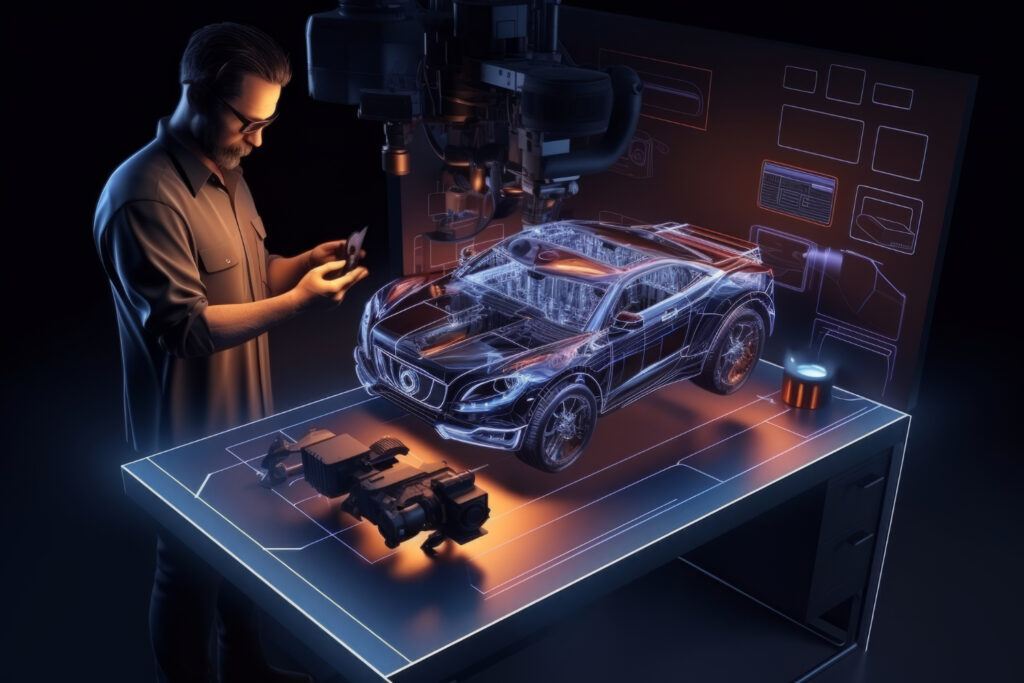Introduction
The Nissan GTR is more than just a sports car—it’s a legend in the automotive world. Nicknamed “Godzilla,” the Nissan GTR has gained a cult following for its incredible performance, cutting-edge technology, and timeless design. It’s a car that bridges the gap between track-ready machines and everyday usability, offering an experience that rivals supercars, which cost twice as much. But what makes the Nissan GTR such an enduring icon? Let’s take a deep dive into everything that makes this car unique.

History of the Nissan GTR
Origins of the GT-R Legacy
The GT-R name first appeared in 1969 with the release of the Nissan Skyline GT-R. Designed as a performance-focused variant of the Skyline sedan, the car quickly made a name for itself in Japanese touring car racing. With its inline-6 engine and rear-wheel-drive setup, the original GT-R set the foundation for what would become a global phenomenon.
The Rise of the Skyline GT-R (1969-1973)
The early Skyline Nissan GTR models, such as the PGC10 and the iconic KPGC10 coupe, dominated Japanese motorsports. These cars were known for their lightweight design, high-revving engines, and exceptional handling. However, production ceased in 1973 due to the oil crisis and stricter emissions regulations.
The Return of the GT-R (R32 to R34)
After a 16-year hiatus, the GT-R triumphantly returned in 1989 with the R32 Skyline GT-R. Dubbed “Godzilla” by the Australian press, the R32 featured advanced technology like the ATTESA E-TS all-wheel-drive system and a twin-turbo RB26DETT engine. The R33 and R34 models built on this legacy, offering even more power, precision, and innovation.
The Birth of the R35 – A Modern Supercar
2007 Nissan launched the R35 GT-R, breaking away from the Skyline nameplate. This new model was designed to compete with the world’s best supercars and delivered in spades. Powered by a hand-assembled 3.8-liter twin-turbo V6 engine, the R35 redefined performance benchmarks and symbolized Nissan’s engineering prowess.

Design and Engineering
Exterior Design and Aerodynamics
The GT-R’s bold and aggressive styling isn’t just for show—it’s a functional design that enhances aerodynamics and downforce. Every aspect of the GT-R’s exterior serves a purpose, from the signature V-motion grille to the quad circular taillights. Its wide stance and sculpted lines scream performance, while the rear diffuser and active aerodynamics ensure stability at high speeds.
Interior Features and Luxury
Step inside the GT-R, and you’re greeted with a cabin that balances luxury and functionality. The seats are bolstered for maximum support during spirited driving, yet comfortable enough for long trips. High-quality materials, a customizable digital display, and intuitive controls make the interior feel premium without losing its focus on performance.
Advanced Engineering Under the Hood
At the heart of the GT-R is its legendary VR38DETT engine—a 3.8-liter twin-turbo V6 that produces staggering power. Each engine is hand-assembled by a master craftsman, known as a Takumi, ensuring precision and reliability. Paired with a 6-speed dual-clutch transmission and advanced all-wheel-drive system, the GT-R delivers breathtaking acceleration and grip.
Performance Capabilities
Speed and Acceleration
The Nissan GTR is renowned for its ability to deliver exhilarating speed. Thanks to its twin-turbo V6 engine, the GT-R boasts a 0-60 mph time of around 2.9 seconds, making it one of the fastest-accelerating production cars in the world. With a top speed of approximately 196 mph, the GT-R confidently holds its own against supercars that cost significantly more. The combination of raw power and engineering finesse ensures that every press of the accelerator feels like unleashing a rocket.
Handling and Driving Experience
The GT-R is not just about straight-line speed—it’s equally impressive in the corners. Its advanced all-wheel-drive system and perfectly tuned suspension allow the car to grip the road like a magnet. The electronically controlled dampers adapt to various driving conditions, ensuring a smooth highway ride and razor-sharp handling on the track. Whether taking tight hairpin turns or cruising at high speeds, the GT-R delivers an engaging and confidence-inspiring experience.
Track Performance vs. Everyday Usability
One of the standout qualities of the GT-R is its dual personality. While it’s a beast on the racetrack, it remains surprisingly practical for daily use. The spacious interior, large trunk, and advanced driver aids make it a sports car you can comfortably drive to work or take on road trips. This balance of performance and practicality sets the GT-R apart from many of its rivals.
Technological Innovations
Advanced All-Wheel-Drive System
The Nissan GTR ‘s ATTESA E-TS all-wheel-drive system is a masterpiece of engineering. Unlike traditional AWD systems, this one is designed to prioritize performance. It continuously monitors driving conditions and adjusts power distribution between the front and rear wheels for optimal traction. This technology ensures the GT-R can easily tackle wet, snowy, or dry roads, giving drivers an unmatched sense of control.
Cutting-edge electronics and Driver Aids
The GT-R is packed with state-of-the-art technology to enhance the driving experience. From its advanced traction control system to its customizable multi-function display, every feature is designed with performance in mind. The display, developed in collaboration with Polyphony Digital (the creators of the Gran Turismo video game series), provides real-time data on everything from cornering forces to lap times, giving drivers all the information they need to push the car to its limits.

Future of the GT-R
Speculations About the Next-Generation GT-R
As the R35 nears the end of its production run, speculation about its successor is rife. Rumors suggest that the next-generation GT-R could feature hybrid or fully electric powertrains to meet global emissions standards. Nissan has hinted that the new model will retain the GT-R’s core characteristics—unparalleled performance and cutting-edge technology.
How Nissan Plans to Adapt to the Electric Revolution
With the automotive industry shifting toward electrification, the GT-R’s future will likely incorporate sustainable technology without compromising performance. Nissan has already demonstrated its expertise in electric vehicles with the Leaf, and the knowledge gained from developing EVs could influence the next GT-R. Enthusiasts can expect a car that stays true to its roots while embracing the future of mobility.
Conclusion
The Nissan GTR is a true icon of the automotive world. With its rich history, groundbreaking technology, and unmatched performance, it continues to capture the hearts of car enthusiasts worldwide. Whether you’re a fan of its racing heritage, its starring roles in popular culture, or its jaw-dropping speed, the GT-R is a testament to Nissan’s dedication to pushing boundaries.
Also Read: Unlock Your Best Look with Looksmax AI – Revolutionary Beauty Tech














1 comment